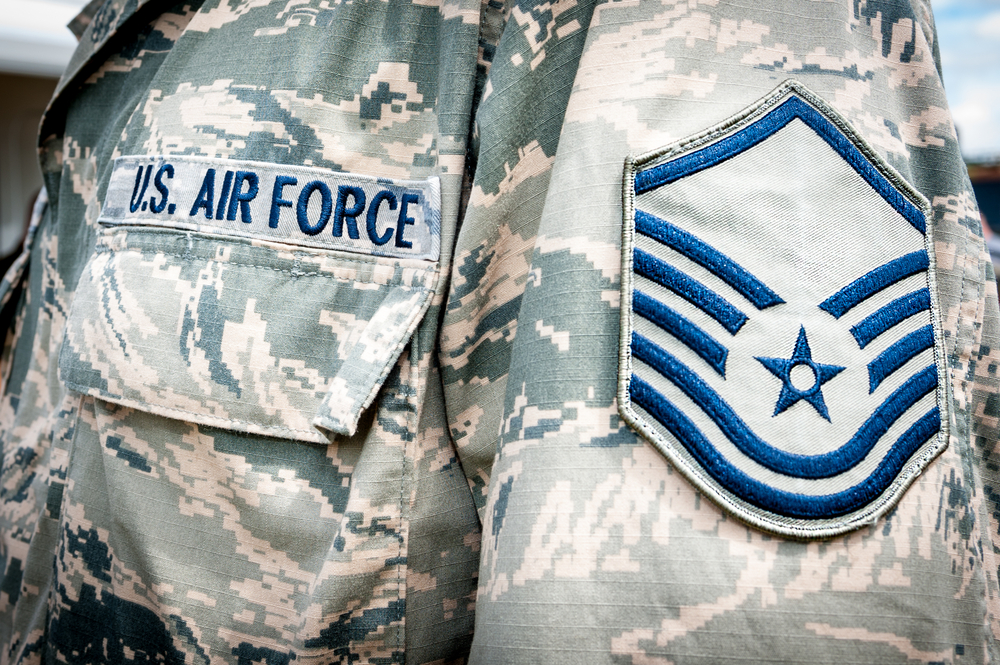
Several years ago, the United States Air Force had the vision to transform how they conduct mid-air refueling. In fact, they had originally conceived a remote vision system that would accomplish their specific ideas. Unfortunately, the original concept—a partnership between the Air Force and Boeing—has not met expectations.
It has been several years since that initial push, and development has paused several times. Boeing had designed the Air Force’s previous vision system, the KC-46. This initial project was revolutionary when it first launched in January 2019. Older systems, like the KC-10 Extender followed by the KC-135 Stratotanker, had boom operators observing the tool through a rear window to steer the fueling boom, the latter of which involved boom operators lying on their stomachs to do this. The KC-46 put the operations at the front of the tank and used sensors, cameras, and screens to assist in remote fueling.
While the KC-46 certainly served its purpose when it was first needed, the Air Force found some issues with certain lighting conditions. This week, though, the Air Force and Boeing announced their primary subcontractor has figured out an acceptable solution. That subcontractor is Collins Aerospace, and their new vision system is known as the RVS 2.0.
The new Collins Aerospace RVS 2.0 design utilizes 4k ultrahigh-definition cameras to provide boom operators with sharper, full-color, 3D imaging to guide the refueling arm into the aircraft receiving the fuel. But while the Air Force approved the design a year ago, experts advise that full implementation is still at least two years out.
Part of this, of course, maybe that the RVS 2.0 will be more complex than previous models. For one, it will use six cameras in total. These include a pair of 3D color imaging cameras and a backup pair of the same cameras. It will also have a pair of upgraded infrared cameras. There is also the issue of retrofitting these to the existing fleet, a solution for which the service has not yet identified. The first of the KC-46 deliveries is expected in 2025, but installing the updated system could still take several more years.
